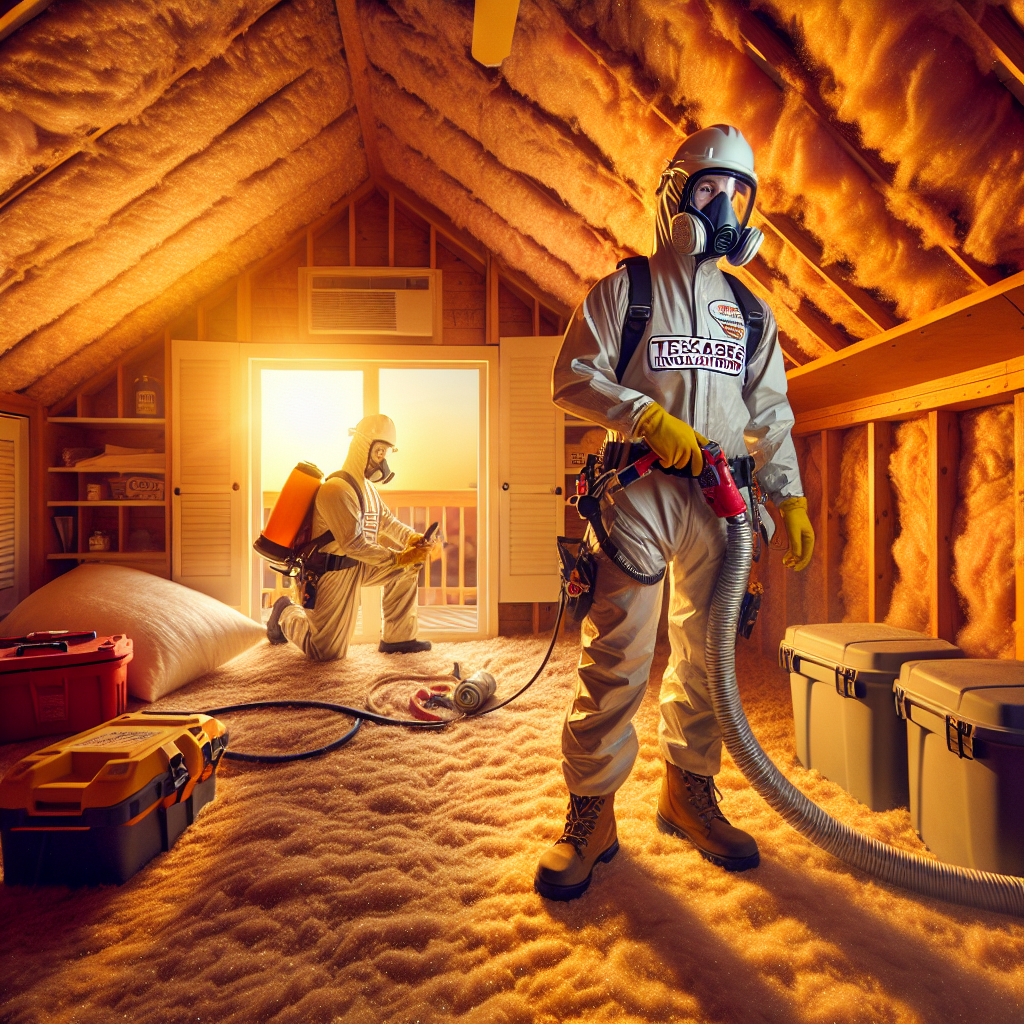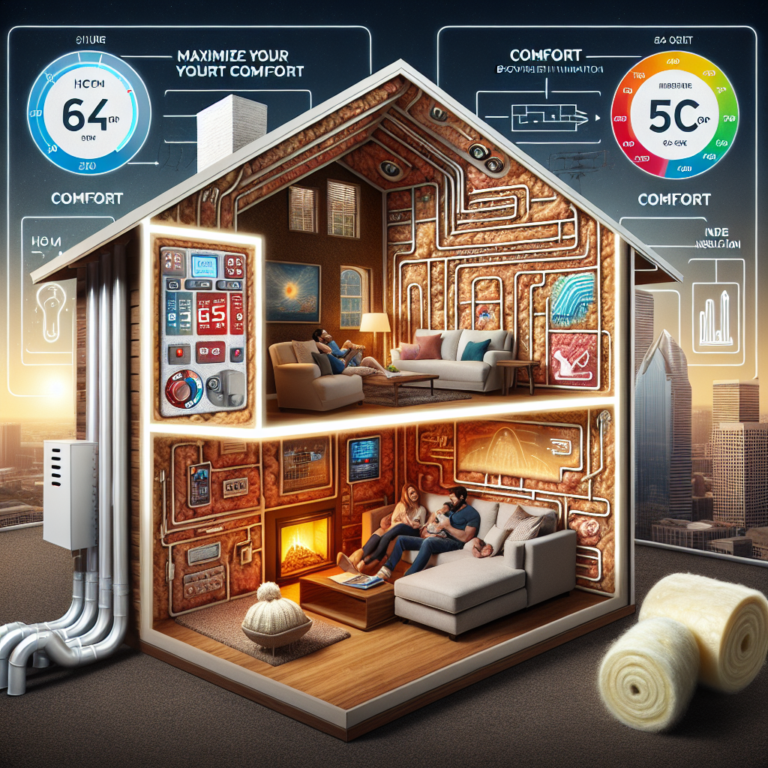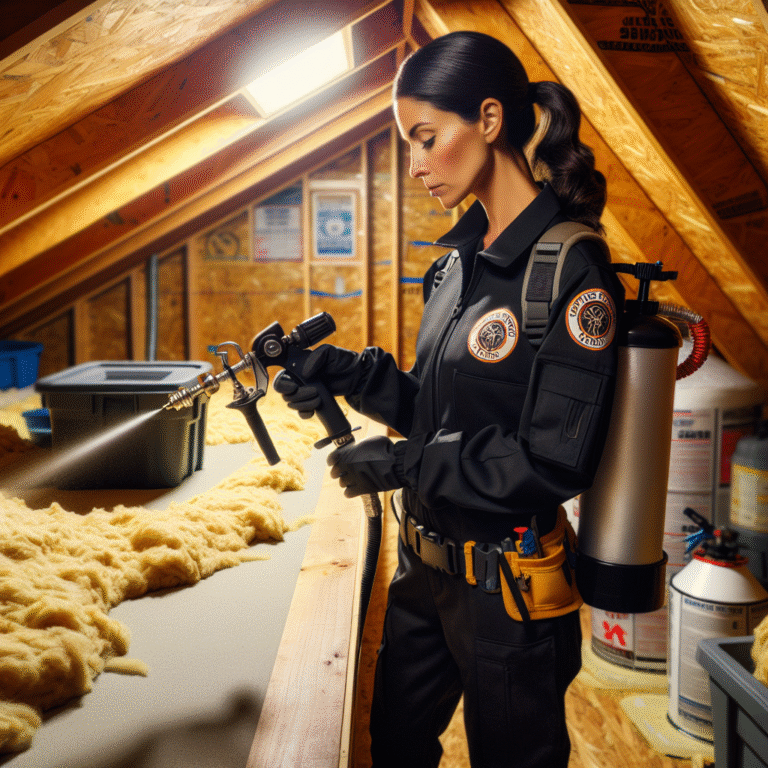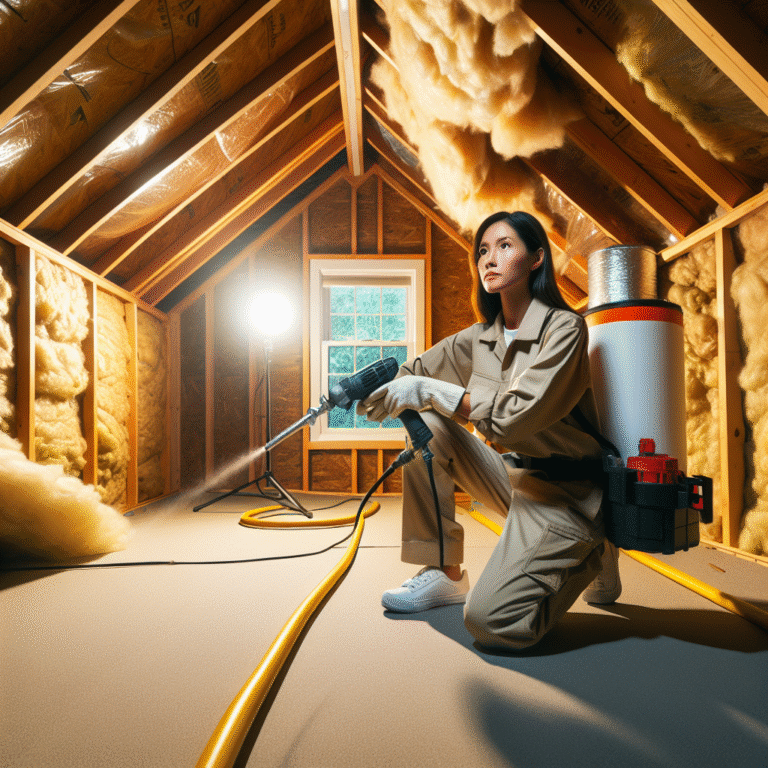-
Table of Contents
Enhance your home’s energy efficiency with White Blown-In Attic Insulation! Upgrade today and reduce your energy bills by visiting Texas Insulation Solution for expert installation services.
White Blown In Attic Insulation: An Energy-Efficient Solution for Houston Homes

attic insulation is one of the most important aspects of maintaining an energy-efficient home, especially in a climate as dynamic as Houston‘s. White blown in attic insulation is emerging as a preferred option among homeowners due to its lightweight, effective, and versatile nature. This insulation method can significantly reduce your energy bills, improve indoor air quality, and boost overall home comfort. Texas Insulation Solutions, based in Houston, stands as a trusted leader in delivering top-notch attic insulation services tailored to local needs.
Why White Blown In Attic Insulation Matters
White blown in attic insulation offers superior thermal performance, which is critical in a region where temperatures can fluctuate dramatically. Studies have shown that proper attic insulation can lower energy consumption by up to 15%, ensuring that your home remains comfortable in both the scorching summer and the cooler months. In addition to energy savings, this type of insulation helps maintain air quality by reducing dust and allergens, making it a safer choice for households with children or elderly residents.
The versatility of white blown in insulation allows it to fill small gaps and voids in your attic, creating a seamless barrier against heat loss and gain. With its fine particle composition, this insulation can adapt to irregular surfaces, providing a consistent layer of protection throughout your attic. This capability not only results in increased energy efficiency but also minimizes the risk of moisture buildup, which can lead to mold growth and structural damage.
Key Benefits of White Blown In Attic Insulation
-
Enhanced Energy Efficiency: Keeps your home warmer during winter and cooler during summer.
-
Cost Savings: Reduced energy consumption translates to lower utility bills year-round.
-
Improved Air Quality: Minimizes the infiltration of allergens and debris, promoting a healthier living environment.
-
Versatility: Perfect for filling small gaps and irregular surfaces in attics.
-
Eco-Friendliness: Often made from recycled materials, contributing to a sustainable home improvement solution.
Why Choose Texas Insulation Solutions
Texas Insulation Solutions proudly serves the Houston area with a commitment to excellence and customer satisfaction. As a Houston-based operation, we understand the unique challenges posed by the local climate and have tailored our insulation services to meet those needs effectively.
Our team is dedicated to providing energy savings and enhanced comfort for your home. We offer a variety of insulation services including white blown in attic insulation, spray foam insulation, radiant barriers, and more, all designed to optimize your home’s energy efficiency.
We guarantee a clean, fast, and professional installation process, minimizing disruption to your daily life. Each project is executed with the utmost care and precision, ensuring that your insulation not only meets but exceeds industry standards. By offering multiple insulation types, we are able to recommend the best solution tailored to your specific requirements, helping you achieve maximum energy efficiency and overall comfort.
Related Services
-
Blown-In Insulation
-
Spray Foam Insulation
-
Radiant Barrier Installation
-
Insulation Removal & Replacement
-
Garage Insulation
-
Rodent-Proofing and Sealing
FAQ
How much does attic insulation cost in Houston?
The cost of attic insulation in Houston can vary based on the type and scope of the project. Typically, white blown in insulation is competitively priced and offers long-term savings on energy bills. For an accurate estimate, Texas Insulation Solutions provides free inspections and personalized quotes tailored to your specific needs.
Do I need insulation replacement or just an upgrade?
The decision between replacement and an upgrade depends on the condition and efficiency of your current insulation. If you’re experiencing increased energy bills or noticing uneven temperatures throughout your home, it might be time for an upgrade. Our experts at Texas Insulation Solutions can assess your attic insulation and provide recommendations tailored to your home’s requirements.
Is blown-in insulation good for Houston’s climate?
Yes, blown-in insulation, especially the white blown in variety, is ideal for Houston’s climate. Its ability to adapt to the unique contours of your attic space ensures maximum












